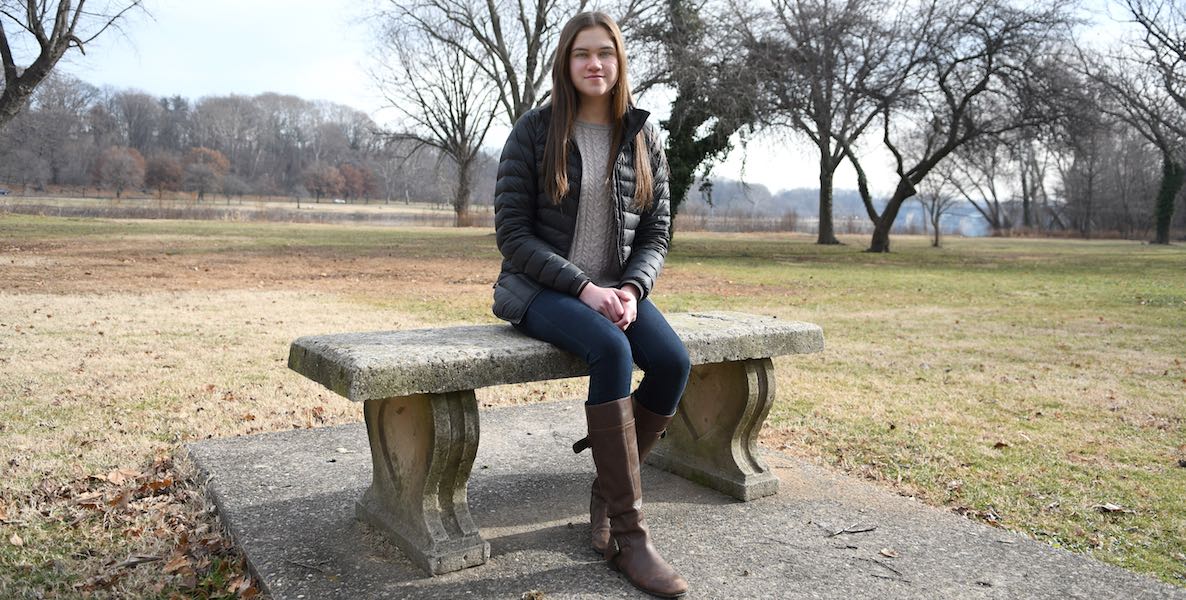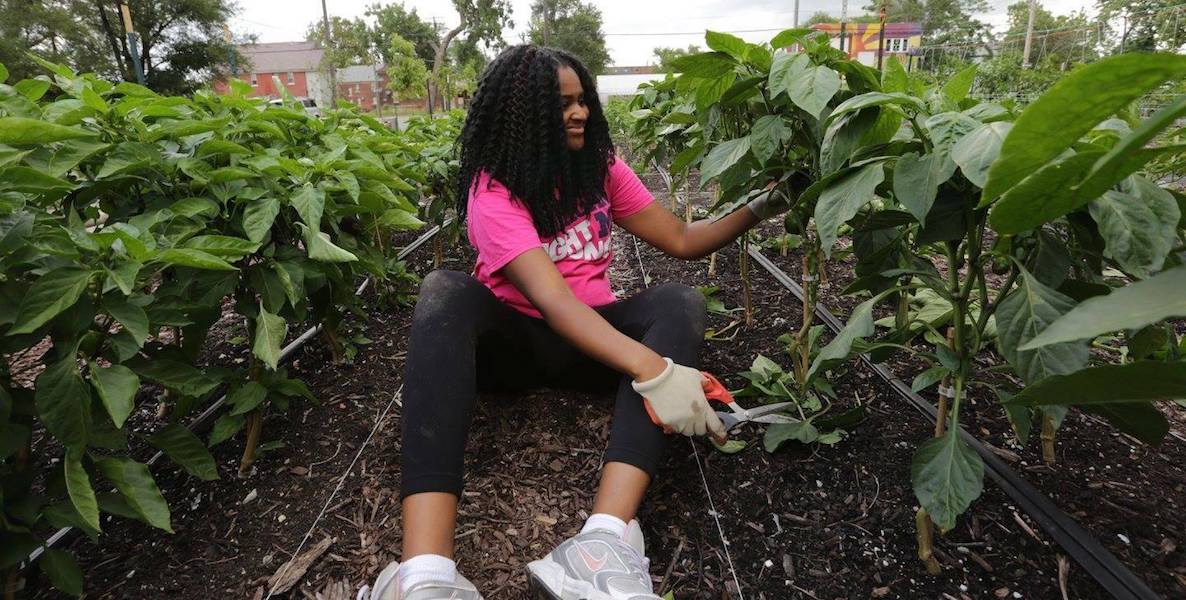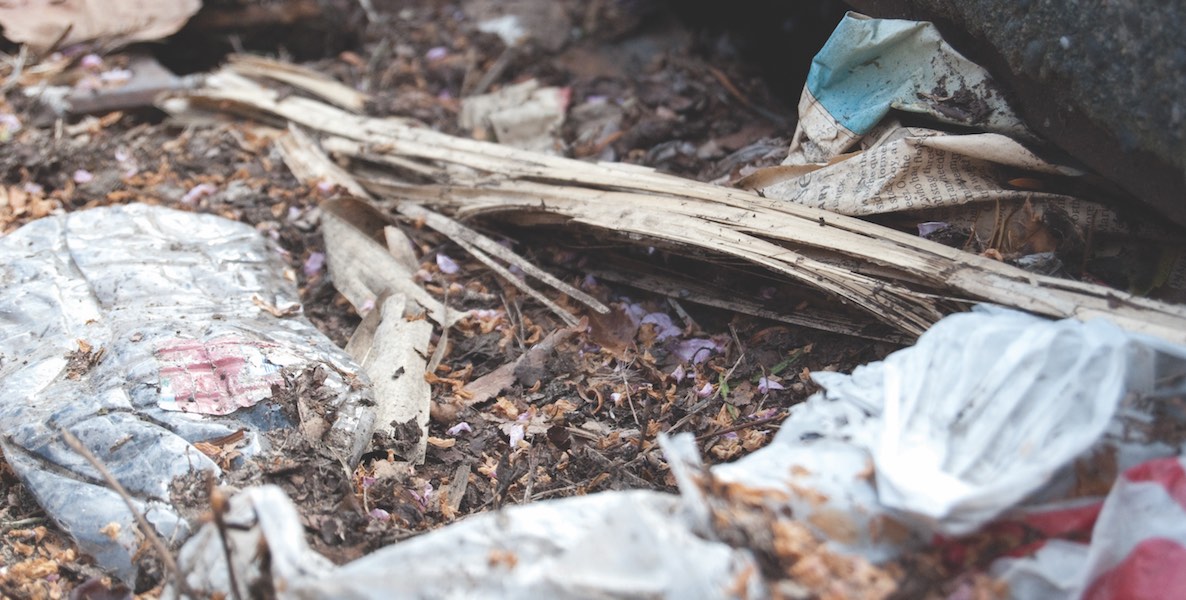The empty lot on the northwest corner of Broad and Washington streets has long been a neighborhood eyesore (as, frankly, has the lot on the opposite side of the street). There, in front of and behind the chain link fence, is an array of Philadelphians’ habits—empty soda bottles, chip bags and beer cans; broken glass and cigarette butts; boxes and newspapers and even, one day last week, a pillow apparently abandoned and left as a sad reminder of one of Philadelphia’s most visible problems: litter. And this is on a much-travelled street, in a highly populated area, where there is even some street sweeping several times a week.
Picking it up is not, needless to say, our best thing.
That’s one reason Mayor Kenney in December created the Zero Waste and Litter Cabinet, a 16-member group consisting of city departments and outside entities like the School District, the Police Department and Keep Philadelphia Beautiful. They’re charged with figuring out how to reduce the amount of waste we send to landfills, including that which litters our streets.
Now that cabinet is launching a digital tool that will help city officials create an educated waste diversion plan and allow Philadelphians to track where the trash is, what kind of trash it is, and how their neighborhood fares in the scheme of the city. The Litter Index is part of Keep America Beautiful’s Community Appearance Index, a city by city assessment of how a community looks—from litter to graffiti to illegal signs.
“We don’t want to just create an unsustainable amenity to fix the problem—you keep littering and keep wasting at same rate, and we’ll clean up behind you,” says Esposito. “If we’re not changing infrastructure and attitudes, we’re not going to solve the problem.”
The Litter Index, which the city will pilot in two neighborhoods in March, will allow city workers to rate the amount of trash in a neighborhood on a scale from 1 to 4, in different conditions—windy, rainy, trash pickup day—to provide a full picture of how we litter in Philadelphia. That information can then be used to figure out what’s needed in each pocket of the city, or in each type of situation—outside a corner store near a high school, in a neighborhood park, or on a commercial corridor—to make a plan for cleaning it up. In Los Angeles, the city calls this CleanStat—after the crime-fighting tool CrimeStat—and use it to pinpoint where they need to put their resources.
“This is a tool for figuring out where the hotspots are, what the composition and sources of litter are, so we can try to pinpoint the problem,” says Michelle Feldman, director of Make Philadelphia Beautiful.
The Streets Department has used a more cumbersome, analog version of the Litter Index since 2007; in various precincts around the city, trash collectors note on paper how much waste they’re seeing on their routes. Now the city’s Office of Innovation and Technology is digitizing the survey, so city workers can access it on tablets, with which they can take photos, make a rating, note the condition of the day, and make comments. The pilot will be followed in summer by a Litter Index of the entire city; the plan is to redo the survey every six months, to monitor change and progress.
“We’re looking at every street in the city, every park, every empty lot, to make the most comprehensive view of the city,” says Nic Esposito, the city’s Zero Waste and Litter Director. All the trash on all 2,500 miles of city streets is a lot of trash to catalog. But Esposito notes that Los Angeles, which has 25,000 miles of street, takes a Litter Index every three months.
With the trash cabinet, Philadelphia has joined the Zero Waste initiative, a national movement to decrease by 90 percent the amount of waste that goes into landfills and waterways by 2035. It’s a steep goal that Esposito contends is doable, with the right tools. Before becoming Kenney’s litter czar, Esposito was sustainability manager for the Department of Parks and Recreation; before that, he was an urban farmer. In his years looking at the environmental landscape in Philadelphia, he came to realize that if we can solve the waste problem, we can solve a lot of things about sustainability. “Imagine explaining the Internet to people 100 years ago—they’d think you were crazy,” Esposito says. “But it happened. And this can too.”
The Litter Index will allow city workers to rate the amount of trash in a neighborhood on a scale from 1 to 4. That information can then be used to figure out what’s needed in each pocket of the city, or in each type of situation to make a plan for cleaning it up.
Philadelphia, which has been on the forefront of some greening initiatives since the Nutter years, is jumping on board at a time when Esposito says the scales seem to be tipping towards better waste consciousness around the country. “It’s becoming so that a majority of citizens in America will live in cities with zero waste goals,” he says. And this can have ripple effects: For example, Esposito points to water bottles. Several years ago, most were made from a thick plastic that you couldn’t crush in your hands. Now many companies are using less plastic as a response to consumer demands.
The cabinet, which meets as a group monthly, is currently developing a comprehensive Zero Waste Plan, which will be completed in July. It will lay out the goals for the city, and ideas for getting there; some are sure to be increased recycling, widespread composting, and better outreach to residents about how to reduce, reuse and recycle. The Index will be used in two different ways: internally, so city departments can devise a plan for cleaning up the city; and for a public-facing website, which will be a “one-stop shop for all things litter,” Esposito says.
Data collection, websites, information—that, of course, is not going to solve this city’s horrendous litter problem. But nothing the city has tried so far—fines, goofy trash can or subway platform campaigns—has worked. Changing the litter problem means changing everything, from purchase to consumption to disposal. And as Feldman and Esposito both note, there is no way to devise a solution without actual data. “We don’t want to just create an unsustainable amenity to fix the problem—you keep littering and keep wasting at same rate, and we’ll clean up behind you,” says Esposito. “If we’re not changing infrastructure and attitudes, we’re not going to solve the problem. We’ll stop working so hard when you walk through Philadelphia and it’s a clean beautiful city everywhere.”
Header photo by krase_nathanial_k via Flickr





